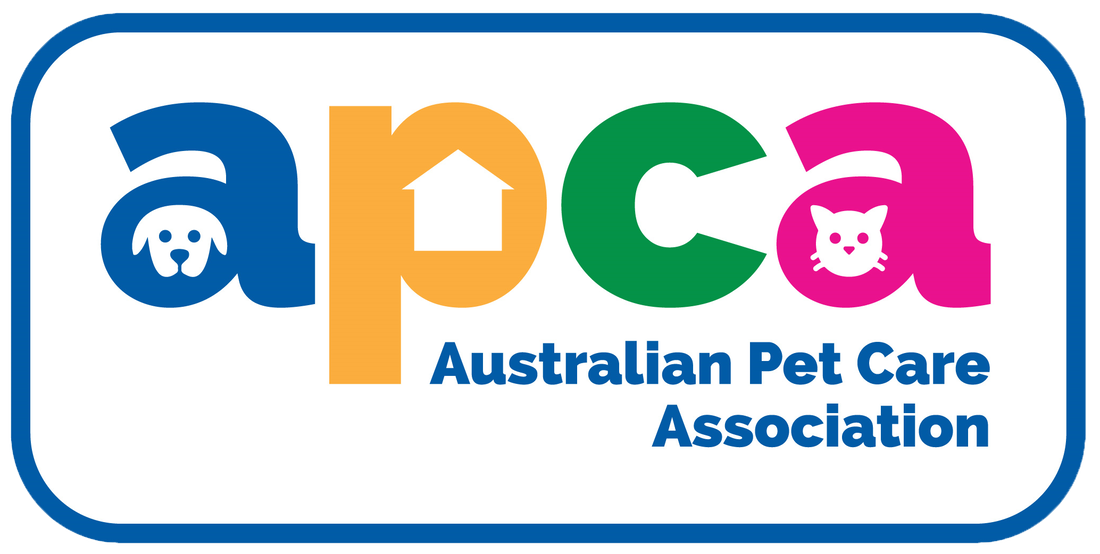|
Origin: Their name is a bit of a giveaway – the PWD originated in Portugal. The breed was created from mixing a number of working dogs from the Iberian Peninsula, to create the perfect dog companion for fisherman. Purpose: The PWD was used as a working dog for fisherman and were capable of many different tasks including herding and catching fish, transporting messages between ships as well as retrieving items from the water. Coat care: When in full coat, the PWD requires a good brush every few days. A distinct clip the PWD are known for is the ‘lion clip.’ Originally this was used to help them move through water and dry quickly, with fur only kept around their vital organs to avoid them suffering in the cold water. They are a great option for allergy sufferers as they as considered a hypo-allergenic dog. Their coat is slow growing and does not require frequent clipping. Health & Temperament: The PWD is a great family pet. They are a fun loving dog who is loyal to their pack. They have plenty of energy to burn and can be very playful but also very relaxed and calm natured when their needs are met. As their name is history suggests, they love water! Water play and exercise included in their routine will keep them very happy and pleased. They are very intelligent and easy to train, responding best to calm pack leader. The breed isn’t prone to many health issues although hip dysplasia can occur. Their average life span is between 10 – 14 years.
0 Comments
 Origin: The first Pomeranians bred, in the early 1800’s weighed up to 13kgs and were used as sheep herders. They were developed by breeding several ancient Spitz breeds together. It wasn’t until the late 1800’s when Queen Victoria began showing and breeding the Pomeranian that she started to breed them down in size to the dog we know today. Purpose: Starting off as sheep herding and guard dogs, the Pomeranian we know today is more suited to agility tasks and performing tricks, making them popular as show dogs. Coat care: The Pomeranian’s long, thick, double coat requires daily maintenance to avoid matting and skin problems. It should be brushed thoroughly daily as well as daily eye cleaning as they are prone to discharge build up. They shed all year round with twice yearly undercoat sheds. Health & Temperament: The Pom, as common with other smaller breeds of dogs, are prone to a luxating patella (dislocating kneecap.) This is something that can easily correct itself, sometimes with human assistance so its important owners are educated in this. Skin and heart problems are often seen within the breed too. They are also prone to eye and teeth conditions so regular check-ups at the vet can help prevent these develop into serious issues. They are a high energy, bouncy breed of dog. They are very smart, willing to learn and need to be set boundaries from a young age, to avoid an unruly, dominant, bossy dog developing. With rules and boundaries in place, you will have a very loving, loyal and calm companion. Their size makes them ideal for smaller households, providing they get regular daily walks, even if only short. They are a very brave breed of dog, with no fear. It’s important they are socialised from a young age to avoid aggression issues as an adult. They can also act as a good guard dog, having no hesitation in using their voice to warn off any strangers. Their life expectancy is around 15 years. Did you know......?
The Dachshund, pronounced “dak -sund” also known as the Sausage Dog or Weiner Dog, is a small dog, with short legs and a long body. The name Dachshund is of German orient and means “Badger Dog”.
Dachshunds originated in Germany and were used to hunt badgers and other burrowing animals like rabbits. Their short legs, long snouts and deep chests enabled them to run fast, and have plenty of stamina whilst hunting. Dachshunds also have quite loose skin, to ensure that they didn’t tear their skin whilst tunneling in constricted burrows. Dachshunds come in three different sizes, standard, miniature and rabbit, however the “rabbit” size is not recognised in some countries. They have three different types of coats, the shorthaired, longhaired or wirehaired. The Dachshunds coats come in many different colours, 15 to be exact! Some of them are Red, Black & Tan, Chocolate, Dapple, Sable and Fawn to name a few. The first sign of a Dachshund traces all the way back to ancient Egypt where there have been etchings found of short legged hunting dogs, and up until recently when this was just a myth, there have now been mummified Dachshund like dogs found in burial urns. Dachshunds are a traditionally viewed as the symbol of Germany, and were frequently used in propaganda during WWI and WWII, causing their popularity to drop dramatically. In 1972 at the Munich Games, the Dachshund became the first ever Olympic Mascot, his name was Waldi, and the route for the marathon event was even designed to resemble Waldi. Health wise, the Dachshund are prone to back injuries due to their long spine and short rib cage. Dachshunds should not jump on and off furniture and their weight should be well maintained to ensure that these injuries are less likely to occur. Dachshunds are lovely, loyal dogs, they are playful but can at times be known to be stubborn, and can be known to be aggressive towards strangers. Despite their small stature they are very courageous and will take on animals that are much bigger than they are! A Dachshund owner needs to be firm and persistent when it comes to their training. Dachshunds are recommended for families with older children, who can assist in the training and keeping the “pack mentality” going. With the correct leadership they will get along well with children and other pets. If you think a Dachshund would make the perfect pet for you and your family, you will not regret it, they are truly wonderful companions. Chewy - the Tamaruke The Tamaruke is a selectively bred dog, created over 30 years to provide a non-shedding companion pet. Their coat and size can be compared to that seen in an ‘Oodle’ type dog however the Tamaruke is not a designer breed of dog and stands as their own breed.
The Tamaruke has been bred only for the reason of a suitable family pet, not as a show dog and is described by it’s breeders as a loyal, easily trainable and naturally intelligent breed of dog with the big positive of being a non-shedding, hypoallergenic dog that produces no ‘doggy odour’ even when wet. The Cavoodle is a small, purpose bred “Designer Breed” that is cross between a Cavalier King Charles Spaniel and a Miniature Poodle. Whilst they are not a new breed, they have certainly become very popular over the past 10 or so years.
Cavoodles are affectionate, playful and energetic. However, if you have a smaller backyard, they find themselves quite content! (Of course, still needing walks and exercise). The Cavoodle, being cross bred with a Poodle means that their coat is hypoallergenic and they do not malt. This does mean however that they require regular grooming, every 6 – 8 weeks and regular brushing to keep their coat neat and tidy. Their coat comes in a variety of colours such as red, white, black, gold, tri-colour and blenheim just to name a few! Cavoodles are very gentle and loving and actually prefer the company of humans over other dogs! As they are generally quite small, they are suitable companions for small children and other small pets, and have been known to become very strongly attached to specific people in their human family! They can be known to have a short attention span as puppies, but with constant and consistent training they will quickly learn the house rules! They are wonderful family members. Their inquisitive nature will keep everybody entertained and would make a great addition to any family looking for some four-legged love! Standard Poodles have been around for hundreds of years though the Toy Poodle is a more recent variation mainly bred for companionship in England around the 19th century.
Poodles come in three size varieties: Standards should be more than 15 inches tall at the shoulder; Miniatures are 15 inches or under; Toys stand no more than 10 inches. They are prone to developing small dog syndrome and can become very snappy, stubborn and bark a lot if they feel they are the pack leader. A calm and assertive owner is recommended for this particular breed. Litter sizes for Toy poodles are generally 3-4 pups and the average life span is 12-15 years. Though they are small they do still require a daily walk and enjoy playtimes. Toy Poodles can vary in colours and can be black, white, silver, grey, apricot or red. They have a short curly coat that does not shed. Grooming is required approximately every 6 weeks along with regular brushing to avoid any mats, which will maintain their coat to look neat and tidy. The Dachshund also known as the sausage dog, Wiener Dog, little hot dog, Kaninchen & Dackel - just to name a few! A sweet little long dog with a variety of hairstyle, the shorthaired, the wirehaired, and the longhaired. Colour scheme can be bold Solid colours or a combination of two, brindle, or even piebald, piebalds can be tricoloured or tricoloured ! You can also find them in merle. The Dachshund is curious, clever, lively, affectionate, proud, brave and amusing. Devoted to its family, it can be slightly difficult to train and housebreak, but not impossible. They like to set a challenge for their pack leader but a strong, confident leader will always have success with their dogs. Although they are small with their adorable little paws, those paws like to walk so they will need daily exercise and their stamina may surprise you. Not only is it important to keep your dog stimulated with exercise it will also help keep them nice and trim which is very important for their spine as an overweight sausage could end up having a lot of back problems. Which isn’t fun for anyone . When buying a sausage it’s very important to get as much information from the breeder or your vet about how to protect their spine from injury. The Dachshund were bred to hunt small game such as badger and rabbit and originated in in the early 1600s in Germany, their small long size made them perfect to chase small animals into their burrows. Over time they have developed into ideal little pets for small families or people with smaller living arrangements. Be warned if you own a Dachshund - be prepared to be stopped on the street as everyone loves Sausage Dog! Facts you may not have known about the beloved Sausage Dog!Dachshunds were originally bred to hunt Badger. The word ‘Dachshund’ in German means ‘Badger Dog.’
There are two recognized breeds of Dachshund – Standard and Mini. Dachshunds were Queen Victoria’s favourite breed of dog. A Dachshund cross Chihuahua named Chip is believed to be the smallest dog in the world, weighing only 900 grams and measuring in at 5 inches tall to his shoulder. The world’s largest Dachshund recorded was Obie, known as the ‘World’s Fattest Dog’ weighed in at 34.9kg! You’ll be happy to know he is now down to a healthy 12kg after a very strict diet! The Poodle come in three breed recognised sizes, these sizes are determined by their height and not weight.
The Toy Poodle is 10 inches or under at the highest point of the shoulders. The Miniature Poodle must be over 10 inches and 15 inches or less at the highest point of the shoulders. The Standard Poodle is over 15 inches at the highest point of the shoulders The Poodle breed has been very popular and dates back to Western Europe over 400 years ago. It appears the exact origin of the breed is unknown and a bit of a controversial subject depending on who you ask. Known by a lot of people as the ‘French Poodle’, France has taken claim as the originating country for the breed although the American Kennel Club recognises Germany as the country of Origin for the Poodle. It is believed this is also how their name originated, as Poodle in German means ‘one who plays in water.’ The famous ‘Poodle Clip’ that we all know is not just for show, originally their coats were clipped in this way to assist the dogs when moving through water, leaving hair on their leg joints to keep them warm and protected. They were used as working dogs to retrieve waterfowl and are great for sniffing out truffles for farmers. The Poodle is a very intelligent which made them perfect to be used as performers in the circus. With their high intelligence and keen ability to impress make the Poodle a perfect family pet today. With their varying sizes they are suitable for apartment living as well as loving the space of a larger property. They thrive on having rules and boundaries and learn very quickly. Being so smart though means they need plenty of mental stimulation, to avoid any bad behaviours developing. The Poodle is a number one pick for any allergy sufferers, as they shed little to no hair and have a woollen coat. Extensive grooming is needed for this breed, with a full body clip being needed every 6 to 8 weeks. When in full coat, daily brushing is required, especially after spending time in the garden or long grass. There is a range of ‘Poodle Clips’ they help to keep their temperature regulated all year round. The Spoodle is a hybrid breed of dog, created by mixing a Cocker Spaniel with a Toy or Miniature Poodle. The crossing of these two breeds was first started in Germany and over the last decade their popularity has just continued to grow.
They are considered a small breed dog that make great family pets and are ideal for those with allergies or sensitivities to dog fur or dander. Depending on what percentage of Poodle is in each Spoodle, will determine how little shedding their coat will have, the more Poodle, the less shedding. As with most ‘Oodles’ the Spoodle is a friendly, confident dog who loves to be with everyone (humans and dogs alike) They are very much an ‘energizer bunny’ breed of dog, who are on the go all day long. They have plenty of energy to burn and just love to play, which makes them perfect for a family with children or an active house hold. With the combination of a Poodle and Spaniel coat the grooming requirements are high for the Spoodle, needing daily brushing (unless clipped) and professional grooming and clipping every 6 weeks. They can be prone to ear and eye issues so these should be checked and cleaned regularly as needed. The Spoodle coat can grow into a long beautiful length but does need to be brushed daily and after any playtimes in grass as they can easily pick up burrs and sticks. A damp, dirty coat can quickly lead to hotspots which is very uncomfortable for the dogs. Their coat can come in a variety of colours including golden, black, brown or blonde and can be with or without white markings. The Spoodle is suitable for most living arrangements, from large farm land to small apartment living, providing they get plenty of exercise and stimulation and the chance to get out and meet and greet everyone! |
ARCHIVES
June 2024
CATEGORIES
All
|




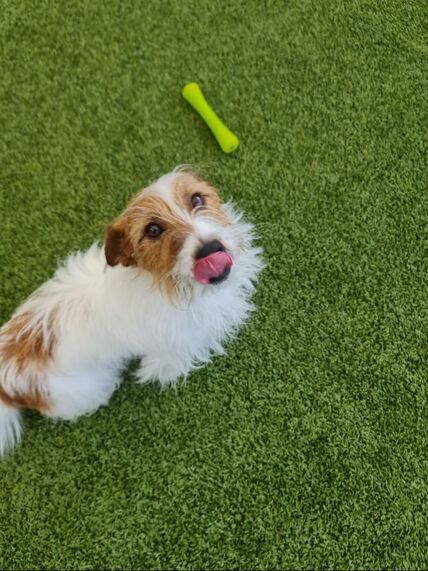
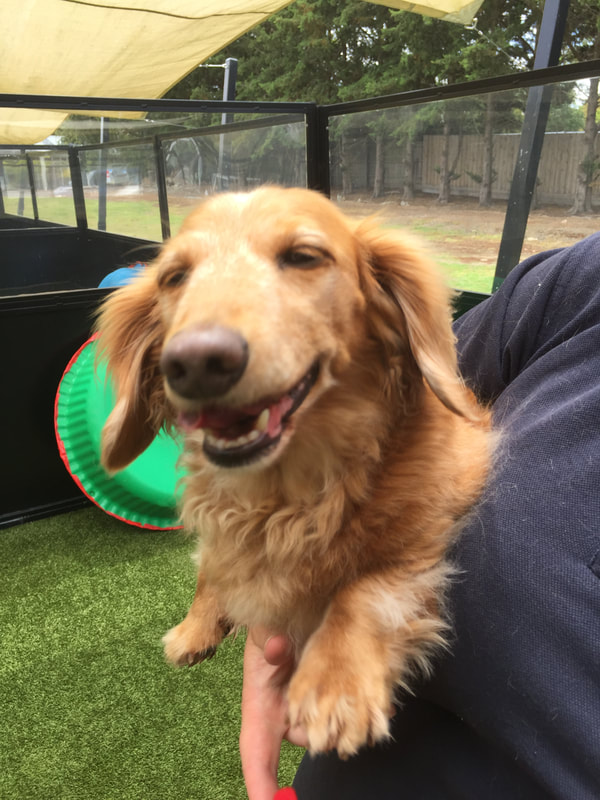
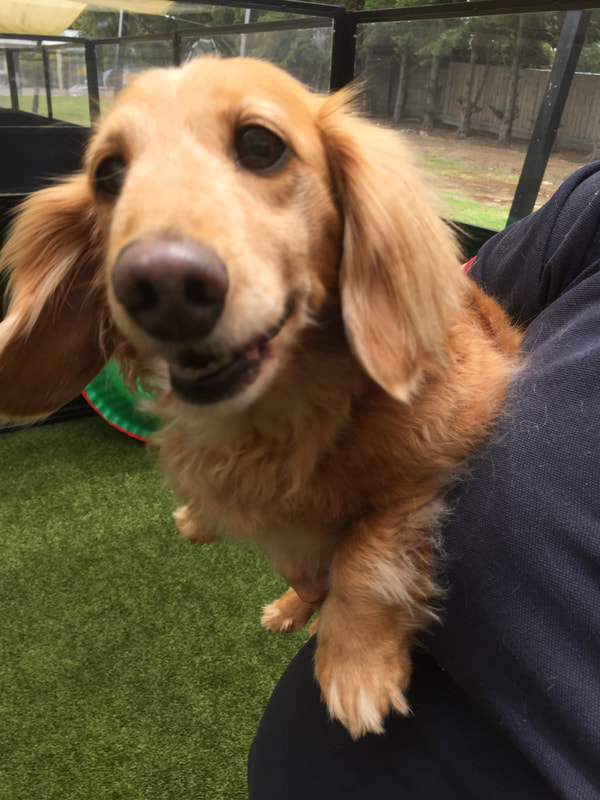
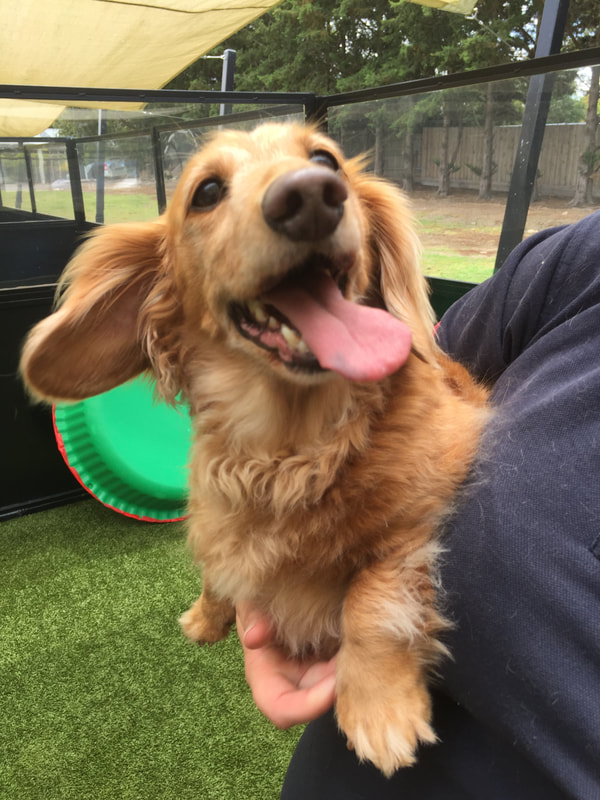
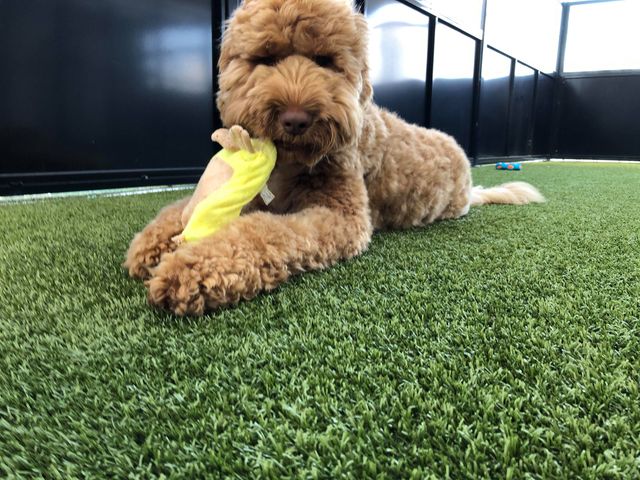
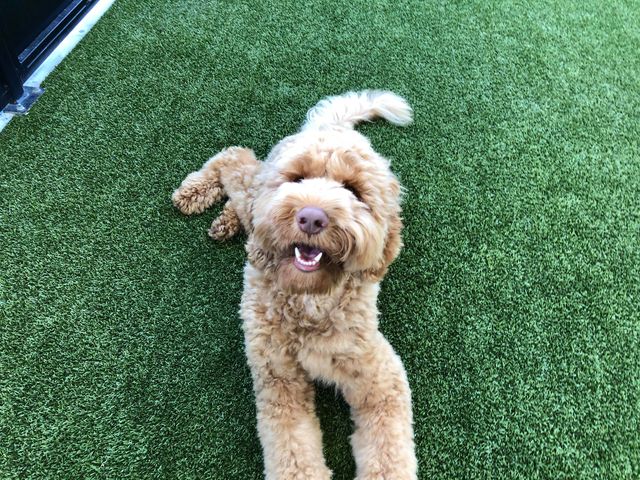
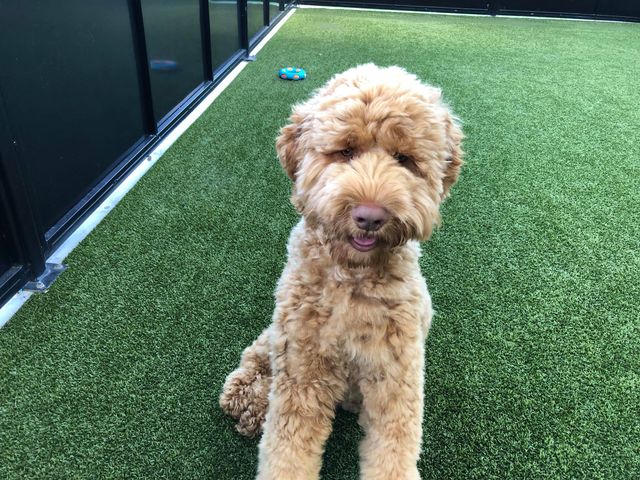
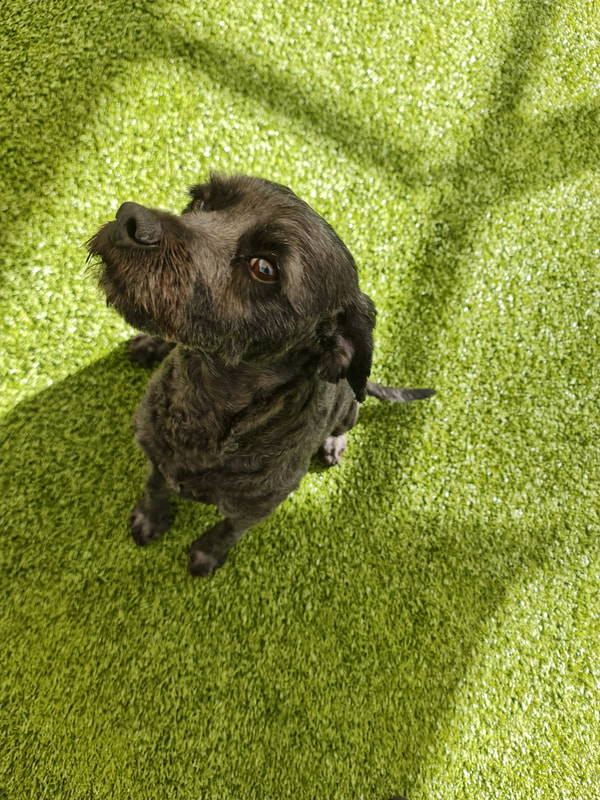

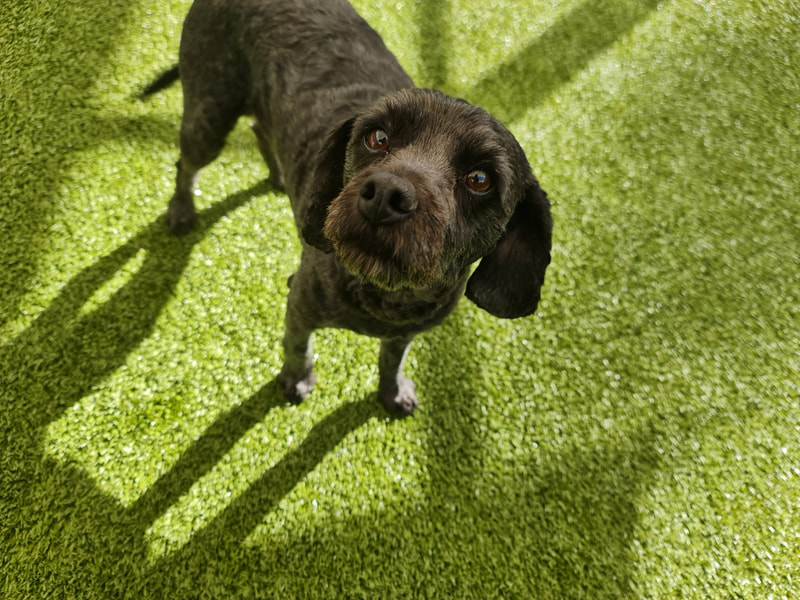
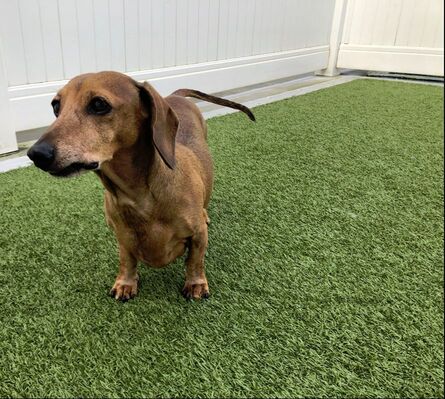
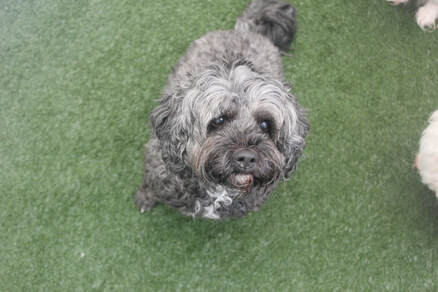
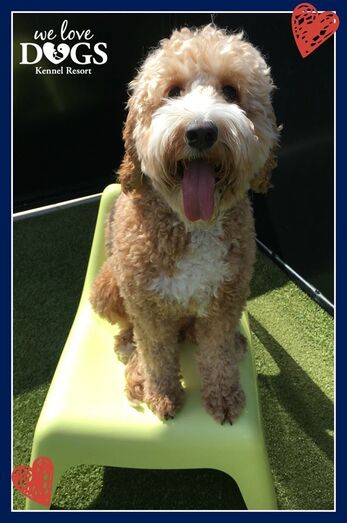
 RSS Feed
RSS Feed
